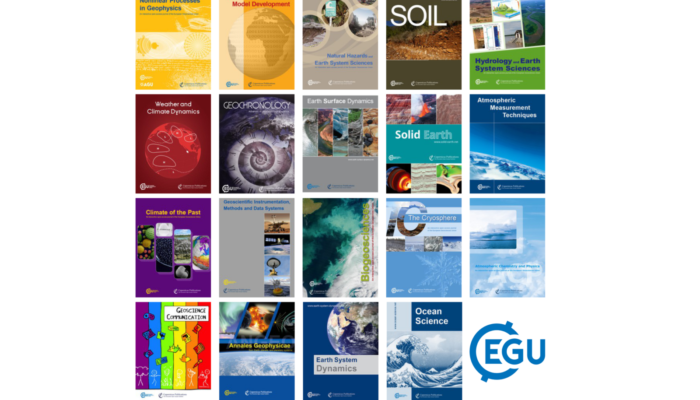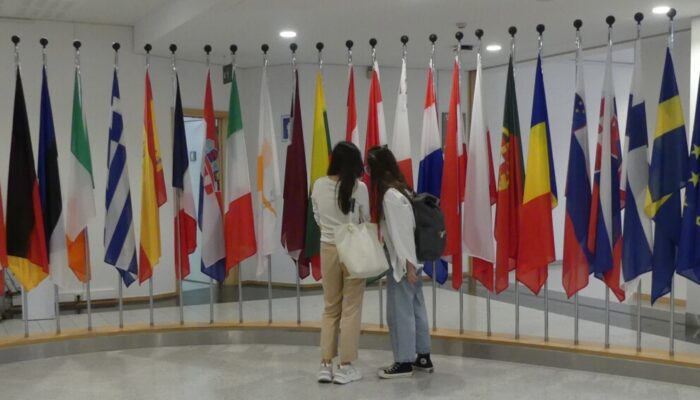As the selected scientist in the EGU’s 2024 Science-Policy Pairing Scheme, I had the opportunity to experience life inside the European Parliament for a week with the support of Member of the European Parliament (MEP) Jutta Paulus and her team, who are part of the Group of the Greens/European Free Alliance. A week is short, but in these few days, I gained deeper insights into the inner workings of ...[Read More]
GeoRoundup: the highlights of EGU Journals published during February!
Each month we feature specific Divisions of EGU and during the monthly GeoRoundup we put the journals that publish science from those Divisions at the top of the Highlights section. For February, the divisions we are featuring are Geodesy and Geodynamics. They are served by the journal: Solid Earth (SE) and Geoscientific Model Development (GMD). Geoscientific Model Development: Moving beyond post ...[Read More]
GeoPolicy: Science Diplomacy in a new Geopolitical order
We have entered a new era of “harsh” geopolitics. Those were the words of the European Commission President Ursula von der Leyen in her keynote speech at the World Economic Forum in Davos on January 21, 2025. It is an era with geostrategic rivalries where commitment to international organisations (e.g. UN, WHO) and global solidarity can no longer be taken for granted. By now it is clear that the c ...[Read More]
Are you ready to vote for your favourite Division blog of 2024?
Our EGU blogging team has had a fantastic 2024 posting across our official blog, GeoLog and the division blogs. Most of our readers appreciate EGU’s blogs for their informative yet accessible style, and for our bloggers ability to take complex geoscience content and make it fun and relevant to the reader. If this sounds like something you’d like to get involved in, we encourage you to get in touch ...[Read More]




